| Plant Habit: | Herb/Forb |
| Sun Requirements: | Full Sun to Partial Shade |
| Flowers: | Showy |
| Uses: | Groundcover Will Naturalize |
| Wildlife Attractant: | Bees Butterflies Hummingbirds |
| Propagation: Seeds: | Suitable for wintersowing Can handle transplanting Other info: Sow seed in containers in a cold frame in spring. Alpine species should be sown in an open frame. |
| Propagation: Other methods: | Cuttings: Root Division Other: take basal root cuttings |
| Containers: | Suitable in 3 gallon or larger |


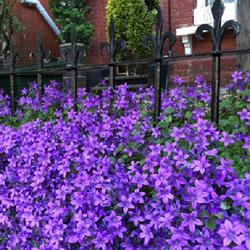
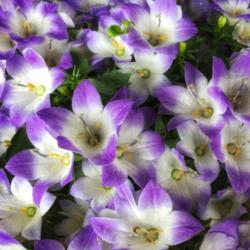


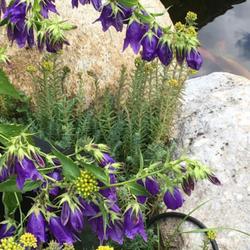
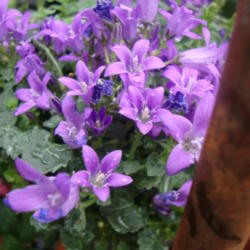
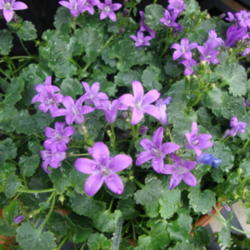
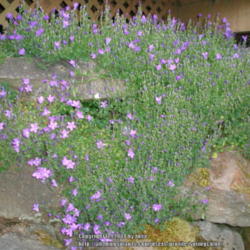
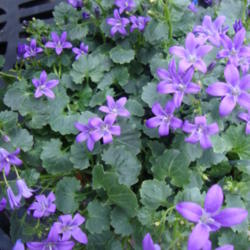
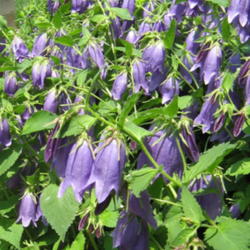
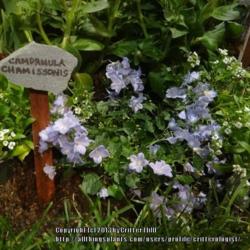
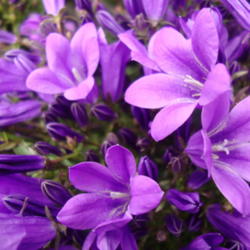


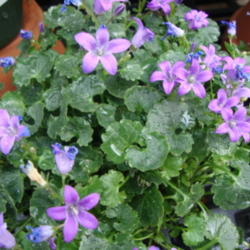
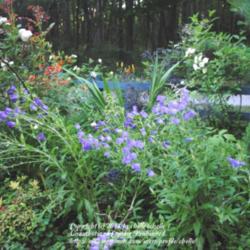
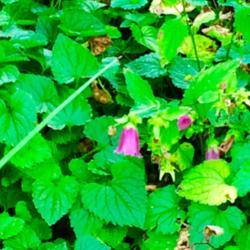
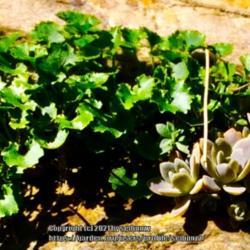

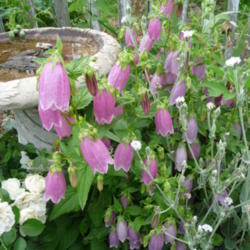

| antsinmypants | On May 15, 2021 | Obtained plant 2021 Chicagoland Annual Plant Swap |
| Flowerlover6 | On October 19, 2022 | Seeds sown |
| Thread Title | Last Reply | Replies |
|---|---|---|
| Misidentified plant by growitall | Feb 25, 2014 10:24 PM | 4 |
| id? by Calif_Sue | May 31, 2018 5:19 PM | 3 |